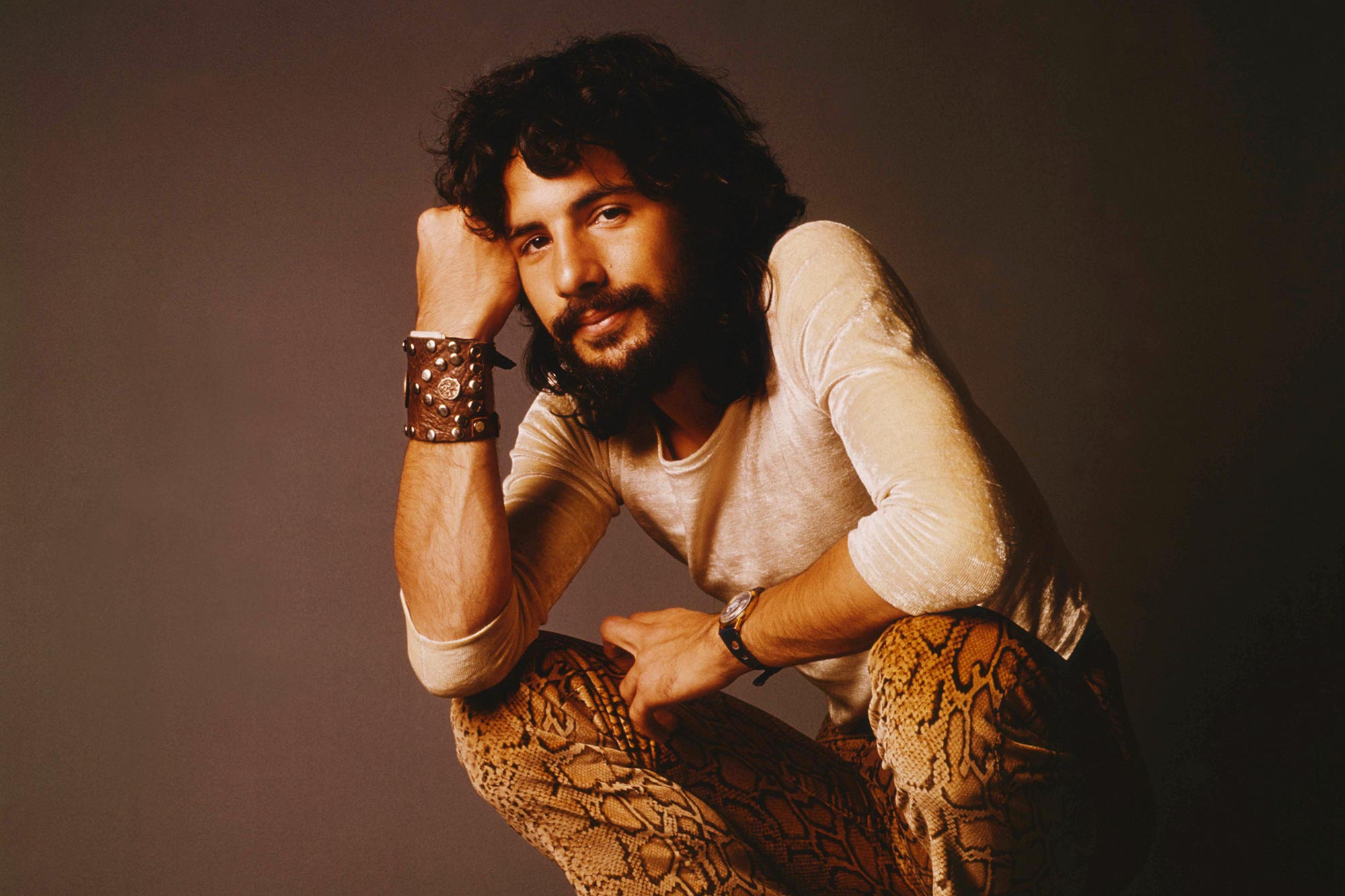The Controller gives the illusion of managing
Stratocasters are amazing instruments, particularly in the hands of a true master like Eric. After the gifts he purchased, he had a few remaining – and because you can mix and match parts, he disassembled them and created one that had the best tone, and that, of course, because it was his go-to guitar… Blackie. If you read these often, you will recall that David Gilmour had THE Black Strat, so what is it about Black that makes a guitar better? 😉 Of course it is not that, but many guitarists think “if I only had a guitar like his, I would sound like him”. And as you also know, I am an addict to that particular philosophy, looking for a guitar that will FINALLY release my inner talent. 😉 So I have a Gilmour, a Jimmy Page (2), a Jimi, an SRV… If I can use the same instrument to Control my tone, surely I can create the same sounds and tones as Clapton, SRV, Jimi….
Often intimidating those around them…
… The Controller is either in charge, or they feel out of control. They believe that if they work hard enough, and control the situation, everything will turn out better… and surrounded by Pleasers and Avoiders, they normally get their way. It is self-fulfilling – when they are able to pull off the impossible “again”, the inner voice says, “See – things are MUCH better when you are running everything.” Sadly, this shows up a lot in work settings where the loudest voices and most insistent tend to dominate decision-making. The Controller loves conflict, actually thriving on rising to the occasion to show that their approach will work best, and is surprised that others get hurt. And down deep the voice says “if I don’t control, I will BE controlled – and those other people are idiots, so that will NEVER work”. It also generates generally weak teams who are intimidated into being “Yes” men/women who simply execute the plans that, of course, are best because the Controller decided them. Often it generates even more anxiety as many things are just beyond control (cue our current crisis)… and those who offer quick answers and solutions are really just trying to control their own inner anxiety, taking us along for the ride…
… until they exhaust everyone, and themselves from micro-management
Having recorded one of the most important songs in history, Eric retreats from the music scene and deepens his dependence on heroin. His friends try to pull him out of it – George, by getting him to play at The Concert for Bangladesh, where he literally passes out on stage. Pete Townshend organizes The Rainbow Festival to encourage him to kick the habit, and he does – simply replacing it with more alcohol. He finally moves in with… wait for it… Patti Boyd… who has finally left George (after his many affairs… ). Feeling slightly better, he again started to assemble a low-key band of players, and slowly found his way back by investigating different styles of music. He found reggae (I Shot the Sheriff), JJ Cale (Cocaine, Lay Down Sally, Tulsa Time), and other music styles he hadn’t tried before. He found new producers, and the albums from this era are more produced, and generally rank as some of the best – 461 Ocean Boulevard, There’s One in Every Crowd, and the one that holds today’s amazing cut – Slowhand.
Finding others they can depend on…
The cover, designed by Patti, features the fretboard of Blackie and the title plays off of many substories. First, it is a reference to his heroin addiction – now hopefully gone. It is also a pun because he can actually play REALLY fast, particularly in his lead breaks that were legendary. But it actually came from a British phrase – when the crowd was anxious because they wanted the concert to start, they would start a slow “clap”. In his tours way back with the Blues Breakers, when he broke a string, he would simply neal down and replace the string – and the audience would start the “slow clap”… and the manager changed it to Slowhand... and it stuck. On this album, Eric sought out Glyn Johns, a famous producer that had worked with the Eagles and others… and he thought would run a tight ship during the recording sessions… which he did. 😉 Although the band was mostly drunk through all of the recordings, Glyn helped control it, and got some of the best playings on this album, ranked 325 on the top 500 albums by Rolling Stone.
… helps The Controller move back to management
This song started with the middle – an amazing guitar solo that Eric simply called “The Riff”… and then “The Burning Core”… finally just “The Core”. It was significantly co-written with one of his “backup” singers, Marcy Levy, and is one of the few with a horn section. The lyrics, I think, point the way to The Controller in us all… and the danger it can lead to. Luckily this is the last Saboteur, and tomorrow we will talk about the positive things we all need to do to control our own inner voices – our Core. “Oh, I have a flame; feel it touch my heart. And down at my core is the hottest part. I can burn without fuel. Gypsy woman said to me, One thing you must bear in your mind: You are young and you are free, but damned if you’re deceased in your own lifetime.” Come back tomorrow and hear how we start to nurture The Sage – which is what should really be… The Core.




